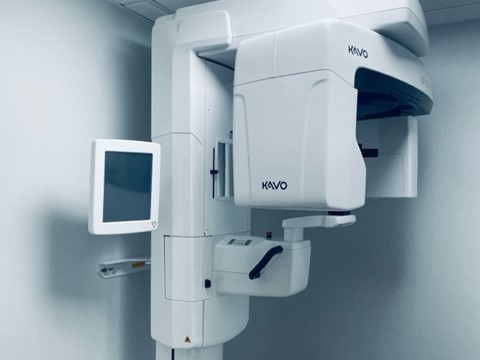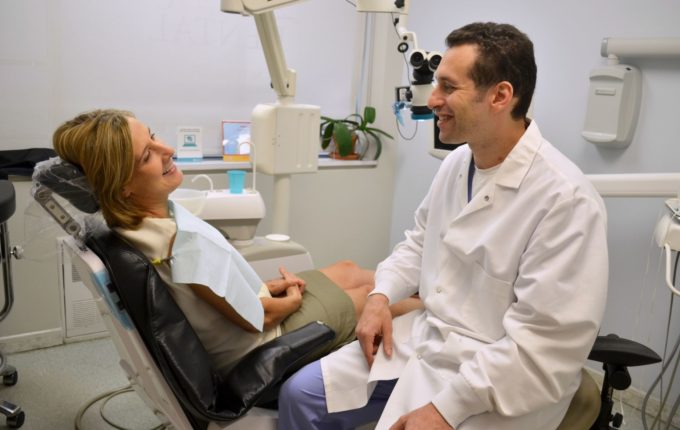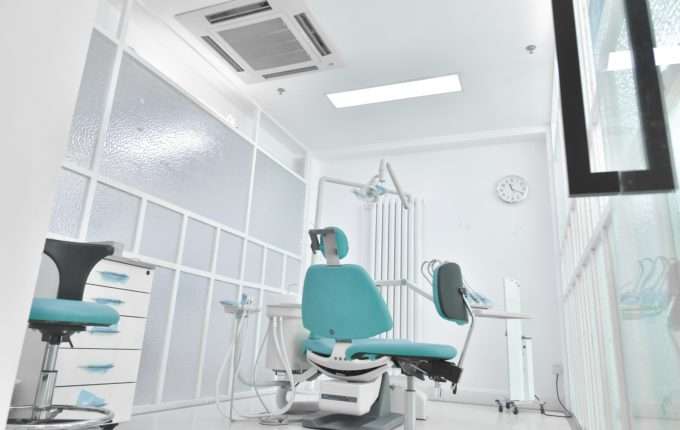Why Do Root Canals Take Two Visits?
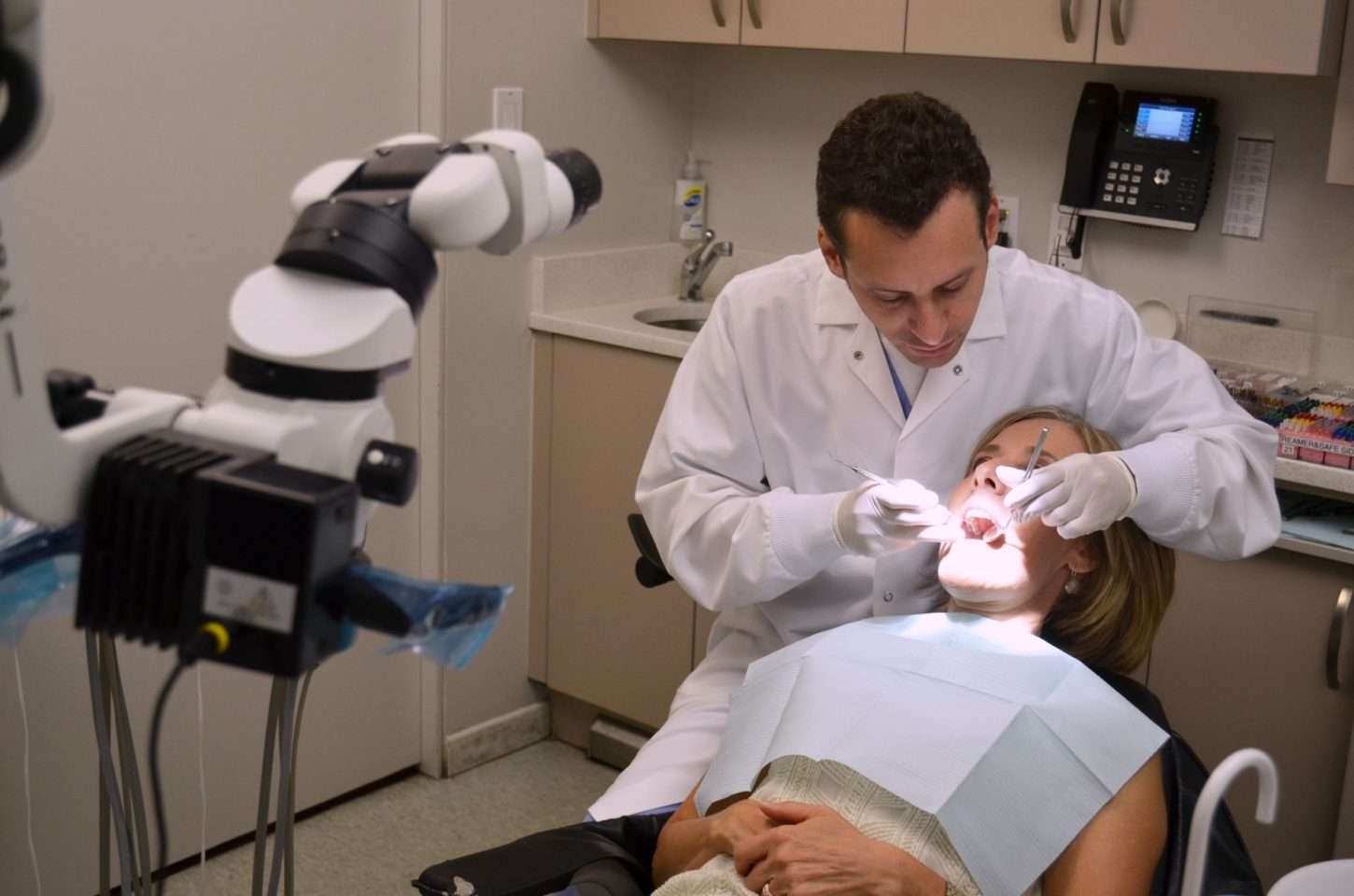
“You need to have Root Canal Therapy”. No one wants to hear that.
Then of course, comes a myriad of questions. When can I have it done? Where should I go? What will it cost? Is it painful? And how many visits will it take?
Endodontics has advanced tremendously in the last ten years to become a comfortable and conservative procedure to save your tooth. In the expert hands of Dr. Steven Lipner, who uses a microscope to do his work, patients are amazed at how relaxed and comfortable they are doing the treatment and are thrilled about how well they feel upon completing the root canal therapy.
Root canal therapy is needed when a large cavity, a crack or trauma compromises the pulp of the tooth. The pulp is the organic part of the tooth. It is composed of an artery, vein, and nerve. The pulp lies in the pulp chamber, in the center of the tooth. This chamber is surrounded by dentin and on the outside by the tough enamel layer. If anything invades the sanctity of this chamber, such as bacteria from decay or a crack, the pulp will become inflamed and eventually infected. At this point, the patient can choose the conservative plan to save the tooth with root canal therapy or have the tooth extracted. Whenever possible, it is always better to preserve our natural teeth. Lean more about why some root canals take 2 visits.
The Anatomy of Your Mouth
Our mouths are composed of different types of teeth. In the back are molars, then forward are premolars and in the front are the cuspids and incisors.
The anatomy of these differs as to the number of pulp canals in the tooth:
- Molars 3-4 canals
- Premolars 1-2 canals
- Cuspids and incisors-usually 1 canal
The more canals, the more time that is spent on treatment. The amount of canals present also reflects costs.
What Happens in Each Root Canal Treatment Visit?
Although with his advanced techniques, Dr. Lipner can complete many of his Root Canal Therapy cases in just one visit, traditional root canal therapy takes two visits.
Visit 1
- Medical history is reviewed, an exam and radiograph are taken of the problem tooth.
- Explanation of treatment is provided with answers to all of your questions.
- Local anesthesia is applied to numb the tooth, alleviating all previous discomfort.
- A rubber dam is placed to isolate the infected tooth from the rest of the mouth.
- A small access hole is made from the top of the tooth into the pulp chamber.
- Instruments both hand and rotary remove the infected tissue and shape the chamber and canals. Canals are flushed and sterilized.
In the past, this is where the visit would end, and a temporary filling would be placed in the access hole. Depending on the severity of the infection antibiotics and analgesic medications may be prescribed.
Visit 2
- Local anesthesia is again applied along with the rubber dam.
- Canals are again flushed and sterilized.
- Canals are filled (obliterated) with sterile, inert material called gutta percha.
- A temporary filling is placed.
- Patient is advised to go back to his dentist in 1-2 weeks to restore the treated tooth. This is usually done with a crown.
- Dr. Lipner asks that patients return in 1 year for post-op follow-up. This visit is at no charge to the patient.
The severity of infection, amount of canals, and technique of the doctor performing the root canal therapy determines whether or not your treatment is completed in one or two visits.
Schedule an Appointment for A Root Canal Today
Dr. Steven Lipner uses the most advanced microscope and technique to complete most of his cases seamlessly in just one visit. Let Midtown Endodontist take care of your root canal therapy needs. Call (347) 708-8795 book your appointment today!
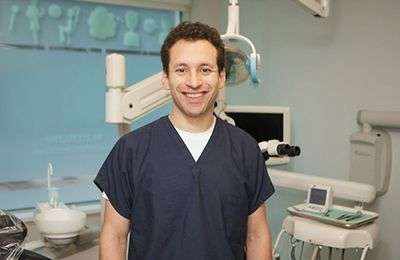 Our Providers
Our Providers
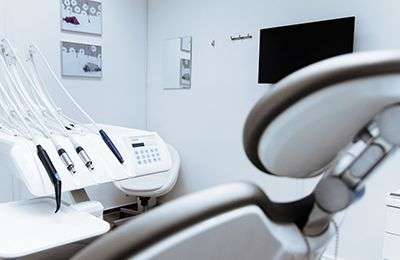 Blog
Blog
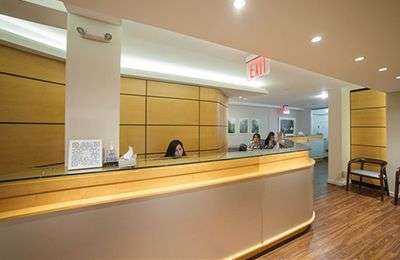 Contact us
Contact us
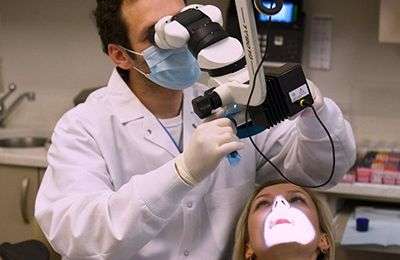 Endodontics
Endodontics
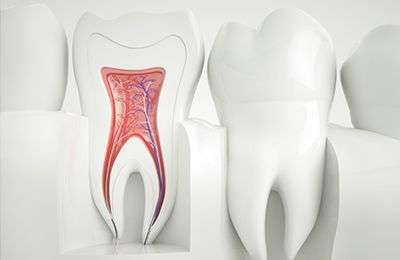 Root Canal Treatment
Root Canal Treatment
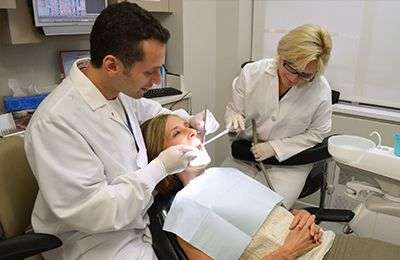 Emergency Root Canal
Emergency Root Canal
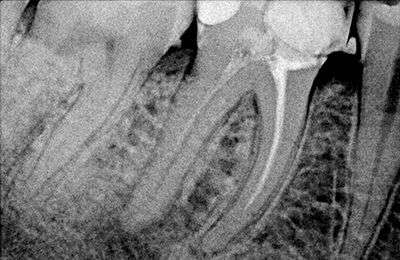 Root Canal Retreatment
Root Canal Retreatment
 Complimentary Teeth Whitening
Complimentary Teeth Whitening
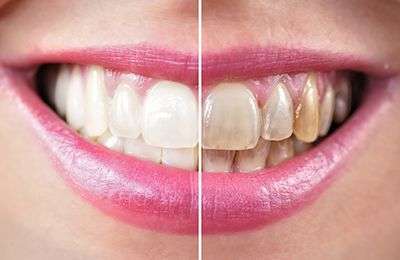 Teeth Whitening
Teeth Whitening
